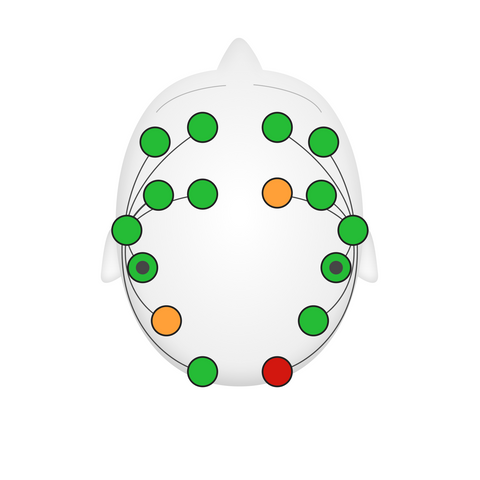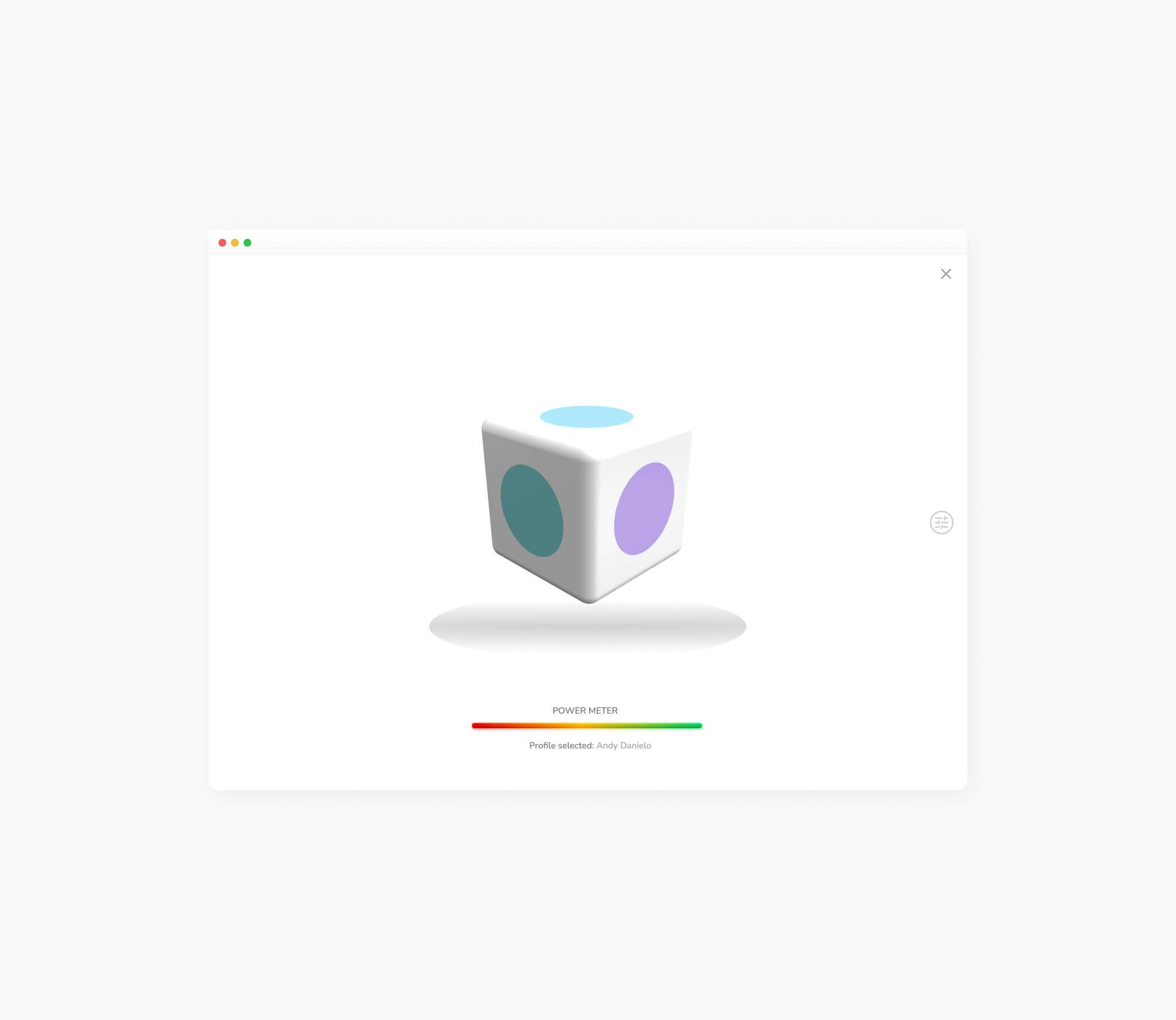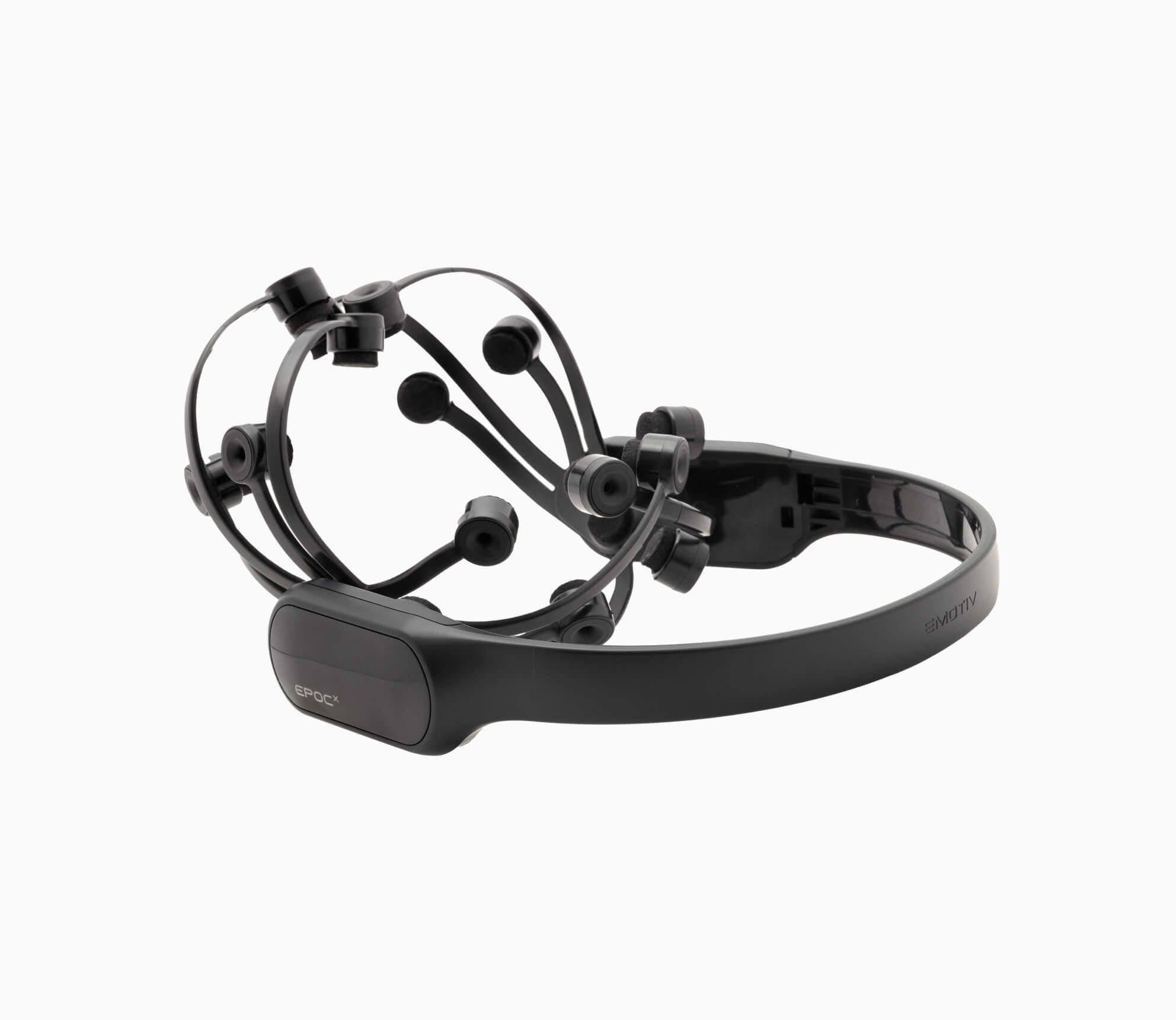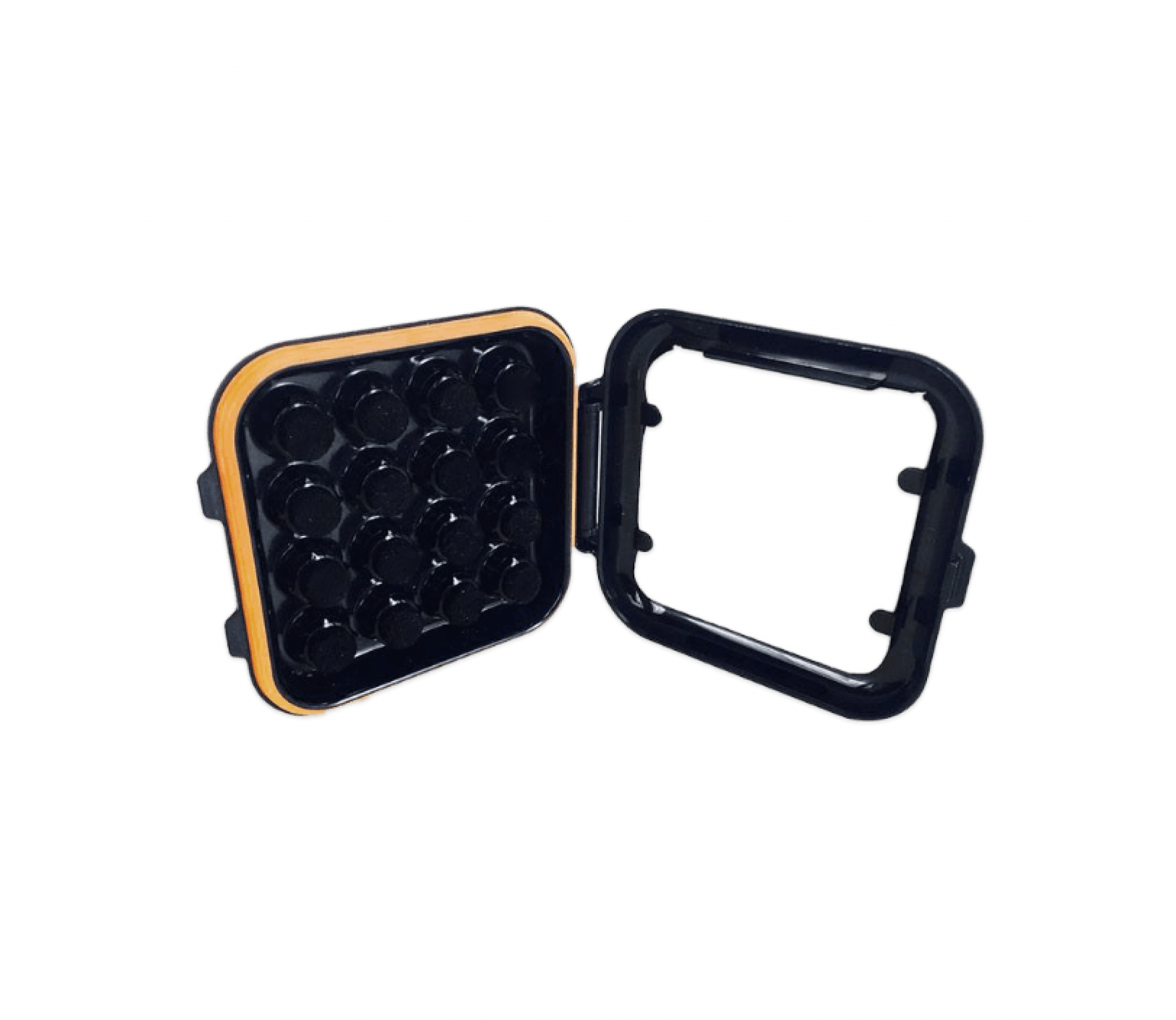In neuroscience and cognitive research, wireless EEG (Electroencephalography) headsets have become an indispensable tool, enabling researchers to unlock the intricacies of the human brain and behavior in real-world applications.
The quest for obtaining accurate EEG data hinges on the precision and reliability of your EEG headset. However, obtaining accurate measurements isn’t solely about the technology itself; it also depends on how well you maintain and care for your headset.
In this four-part series, we’ll explore various aspects of maintaining and caring for your EMOTIV EEG headset to ensure its longevity and optimal performance. Let’s start with one of the most critical aspects of obtaining accurate EEG data with your headset: sensor hydration.
Why Sensor Hydration Matters
Sensor hydration is pivotal in measuring accurate, reproducible data. Proper sensor hydration facilitates electrical conductivity, allowing the sensors to detect and measure the brain’s electrical signals accurately. When the sensors are adequately hydrated, sensor impedance is minimized—improving signal-to-noise ratio. Here are some tips for achieving optimal sensor hydration during your experiments:
Thoroughly Soak Sensor Felts in Saline

If you’re using one of EMOTIV’s saline-based EEG devices, such as EPOC X or Flex
Saline, it’s vital that you soak the sensor felts thoroughly in saline before starting an experiment. Doing this ensures good conductivity between the scalp and the sensors.
All you need to do is place your felts in a cup, cover them in saline, and let them soak for a few minutes. Once you’re satisfied that they’re thoroughly hydrated, remove the felts and squeeze them to ensure saline is fully absorbed and excess saline is removed before inserting them into the sensors. This step is essential, as too much saline can lead to signal distortion.
Avoid Soaking Sensor Felts While Wearing Your Headset
If you have EPOC X or FLEX Saline, it might feel tempting to try fully hydrating the sensor felts with saline straight from the bottle while wearing your headset, but doing this is a bad idea. Here are a few reasons why:
-
You won’t fully hydrate the sensor felts, so conductivity will be poor.
-
If you hydrate the felts this way, saline will run along the headset’s arms and leak into your headset’s interior, damaging the electronics.
-
You also risk bridging two sensors together—creating a shortcut for electrical signals between those sensors. As a result, these sensors may not accurately measure the brain’s electrical activity because they are effectively connected. This will result in inaccurate measurements, impacting your research’s credibility and reproducibility.
Monitor Your Headset’s Contact Quality Map

Once you’ve fitted your headset to your participant, take a look at the headset’s contact quality map in PRO. If you see that contact quality is poor, add a few drops of saline to the felts. Contact quality should improve after a few seconds.
Topping Up Sensor Felts

Continue to monitor the contact quality map during your experiment. Saline sensor felts will dry out after an hour or so, leading to a decrease in contact quality. Depending on the location on the scalp, some sensor felts will dry out more quickly than others. If this happens, add a few saline drops to the felts until the contact quality improves. If you’re conducting an experiment over a long period of time, you can also add a couple of drops of glycerine to the felts to slow down evaporation.
If you own EPOC X or FLEX Saline, topping up individual sensor felts is quick and easy and doesn’t disrupt data collection. All you need to do is add a few drops of saline through the sensors’ rear opening until the contact quality improves.
What To Do When You Need More Saline
A small bottle of saline is provided with all EMOTIV saline-based headsets. Once you’ve finished this bottle, we recommend purchasing a multipurpose contact lens solution.
You can also make your own saline. Instructions on making your own saline can be found in your headset’s user manual.
Following these tips ensures that your headset’s sensors stay adequately hydrated during experiments, providing accurate and reliable EEG data. They also ensure the longevity and reliability of your headset in years to come.
In our next installment, we’ll learn about cleaning your EEG devices to keep them in top-notch condition and improve their longevity.





